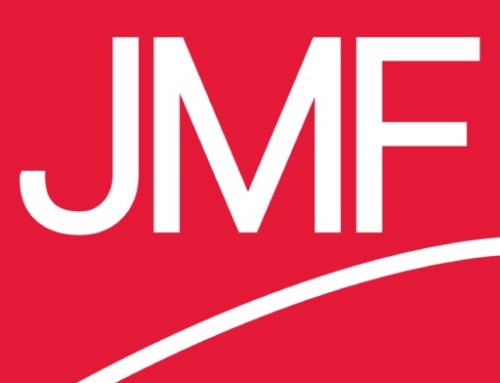Even if a company is small, the employees may enjoy the benefits of participating in a 401(k) plan. This is one of the most popular retirement plans around—if not THE most popular—and a proven way to save money for your golden years. Just consider these attractive features.
- Tax deferrals: You pay no current tax on the amount of salary deferred to your 401(k) account. Contributions are made on a pre-tax basis. Therefore, you save tax on those amounts, plus any subsequent earnings, until the time you are ready to make withdrawals (usually, after you have retired). This gives you plenty of time to build up a nest egg.
- High contribution limits: Although the tax law restricts the amount that can be deferred to your personal account, the limits are relatively generous. For 2019, you can defer up to $19,000, plus an extra $6,000 if you are age 50 or over, for a maximum of $25,000. These limits are indexed for inflation each year.
- Matching contributions: Frequently, an employer will match a portion of your deferral, so there is an added incentive to participate. A common match is 50% percent of the first 6% of the amount you save. For instance, if your salary is $100,000 and you contribute 6%, or $6,000, to the plan, your employer may provide a matching contribution of $3,000.
- Convenience: Many employees find that having money automatically deducted from their paychecks is easier than trying to save through other means. Some plans have an auto enrollment feature to further encourage participation.
- Loans: The plan may permit you to borrow from your account for specific reasons, such as buying a primary residence, funding a child’s education, having unexpected medical expenses or experiencing severe economic hardship. Generally, the loan must be paid back with interest within five years, although this timeframe may be extended for a home purchase. The interest you pay goes right back into your own account.
- Investment options: Typically, you have a wide range of investment options to choose from, including mutual funds targeted to your retirement date. You can allocate your dollars based on your particular circumstances, objectives and tolerance for risk. Consult with a financial expert to tailor your allocation to your specific needs.
When should you start saving? The sooner, the better. On the other hand, even if you do not begin participating in a 401(k) until later in life, you can make up lost ground by maximizing your contributions. For example, if you are five years away from retirement, you still may be able to contribute six figures into your account, assuming you do not otherwise need the money.
Also, if you have already cleared the annual Social Security wage base ($132,900 for 2019), you can allocate payroll tax savings to your 401(k) account for the reminder of the year without reducing your take-home pay. This boosts your account still further.
Finally, 401(k) plans are beneficial to employers too, allowing them to attract and retain good workers.
Practical advice: Make saving for retirement a top priority. Combine the benefits of a 401(k) or other employer-sponsored plan with your personal investments.







Leave A Comment
You must be logged in to post a comment.